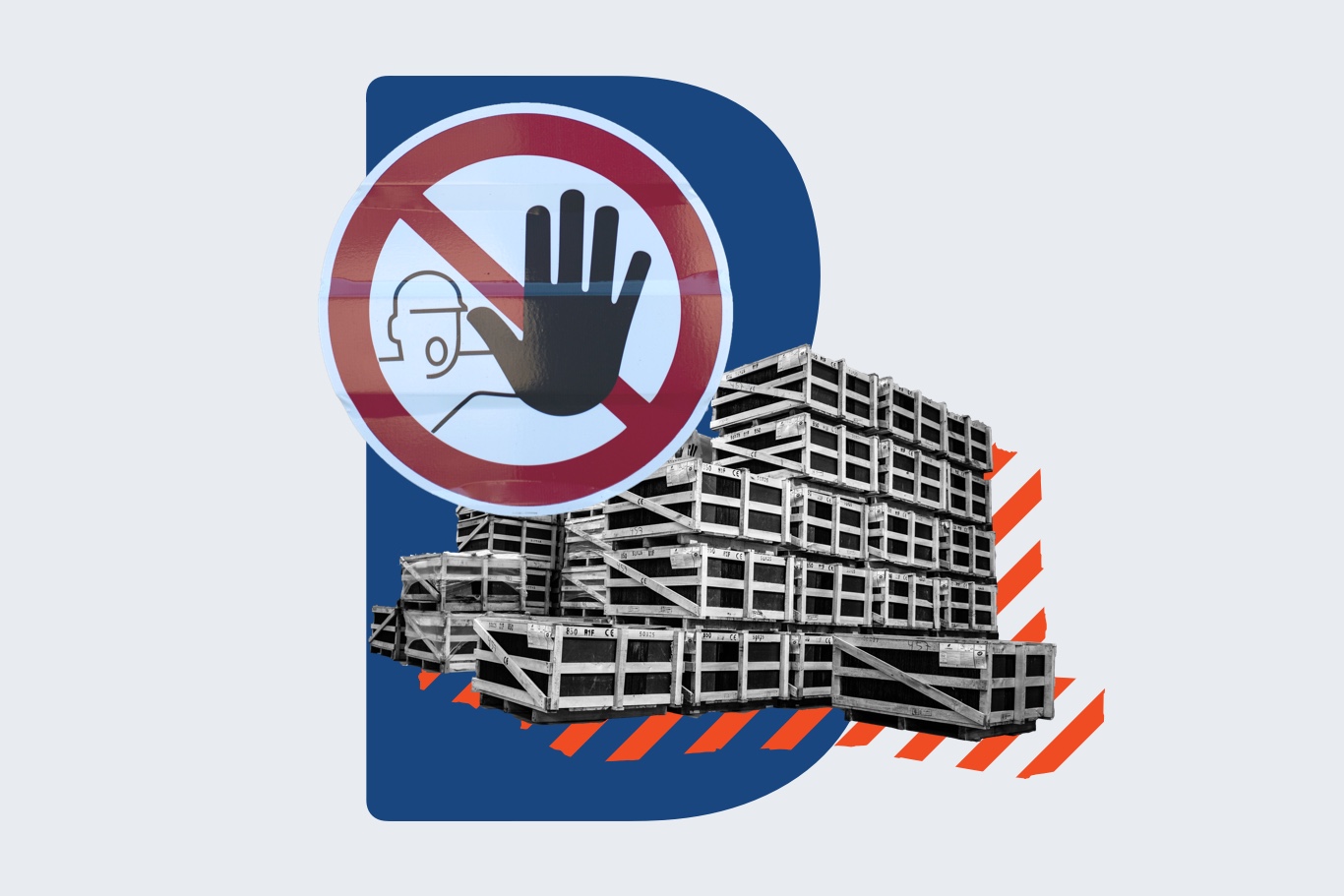Good warehouse signage must be considered an effective step on the path to improved levels of performance, operational efficiency and safety in the warehouse environment.
In the swirling vortex of today’s 24/7 world, where people expect their online orders to be fulfilled almost at the drop of a hat, it’s easy to overlook the role warehouses’ play in the seamless functioning of global supply chains: they help to ensure we have what we want; when we want it.
But never underestimate what a busy – and sometimes dangerous – environment warehouses can be. Often, there’s usually a lot going on, with some extremely hazardous and powerful equipment trundling about.
What’s more, demand on global supply chains is snowballing and as a result warehouses are facing increasing pressure to store and dispatch products at high speeds.
In order to be able to meet these demands, it is essential for operators to maximise the efficiency of their warehouses by improving their functions and throughput.
So, in this sometimes brutal, cacophonous industrial landscape, it’s important to remember the power of good warehouse signage. With a few words, an image, and the proper placement, a sign can swiftly and effectively communicate an order, direction, or elicit a desired action.
It can intuitively educate the uninformed. It can quickly convey a complicated message in a simple way.
Accountability
It is a legal requirement to display certain signs in prominent spots around your warehouse. You must also remember that if an incident occurs it could be you that is held accountable if the legislation has not been followed correctly.
It’s also important to have health and safety measures in place so that staff can perform their work as safely as possible.
The Health and Safety at Work Act 1974 section 2, states that every employer has a duty to ensure the health and safety of their employees so far as is reasonably practicable, and it is your duty to operate within the legal requirements of your business.
Guidance on regulations relating to safety warehouse signage and signals is also covered in the Health and Safety (Safety Signs and Signals) Regulations 1996, which provide information for employers and duty holders, and others who have responsibility for the control of work sites and premises, or operating equipment requiring verbal and/or non-verbal communications.
In short, these require warehouse employers to ensure that safety signs are provided (or are in place) and maintained in circumstances where there is a significant risk to health and safety that has not been removed or controlled by other methods.
They also make it clear that in determining when and where to use safety signs, employers must consider the results of the risk assessment made under the Management of Health and Safety at Work Regulations 1999 (the Management Regulations).
This should identify hazards, the risks associated with those hazards, and the control measures to be followed.
In addition to be a legal requirement, signs add real value to the effectiveness of warehouse operations.
They can improve the visibility of products and increase supply chain efficiency – warehouses are all about the swift turnaround and despatch of goods, and that process is a lot quicker when good signs are in place.
Proper warehouse signage helps eliminate fulfilment errors by ensuring that the worker is in the right place and picking the right materials for each order.
Unsafe warehouses will never be efficient warehouses, and signs help keep your warehouse safe.
Installing signs that remind your employees about important safety practices, policies, and protocols help keep employees from getting hurt on the job. Keeping experienced employees on the job means you’re spending less time training new employees and more time fulfilling orders.
Worthwhile investment
We must also remember other play in facilitating a smooth and seamless workflow through the warehouse. These include role racking signs, pallet signs and warning signs as well as racking bay markers, which let operatives know exactly where they are and where they need to go in order to fulfil their task.
These can be colour coded, making it possible for people to quickly and easily identify them from distance. They can be incorporated with other technologies to provide long-range scanning solutions to allow employees to scan them from forklifts.
When properly placed, these signs take far less time to scan – which saves you time. And time is always money.
Inefficiencies, poor safety records and under-performing operations can be symptomatic of warehouses that fail to employ effective strategies.
So, you must ask yourself: can I afford not to invest in good warehouse signage? Unquestionably, warehouses operate better when there are signs to direct traffic, warn people of hazards, provide instructions, and assist with organisation.




